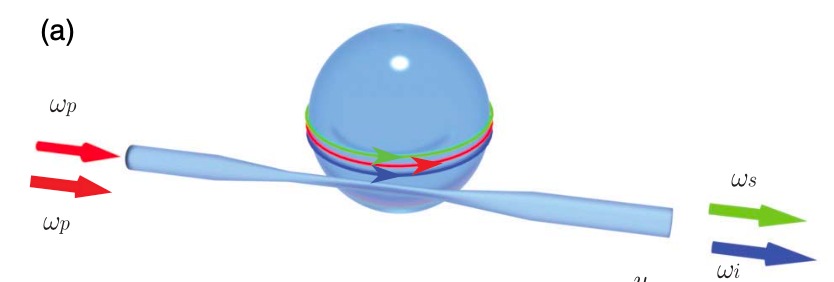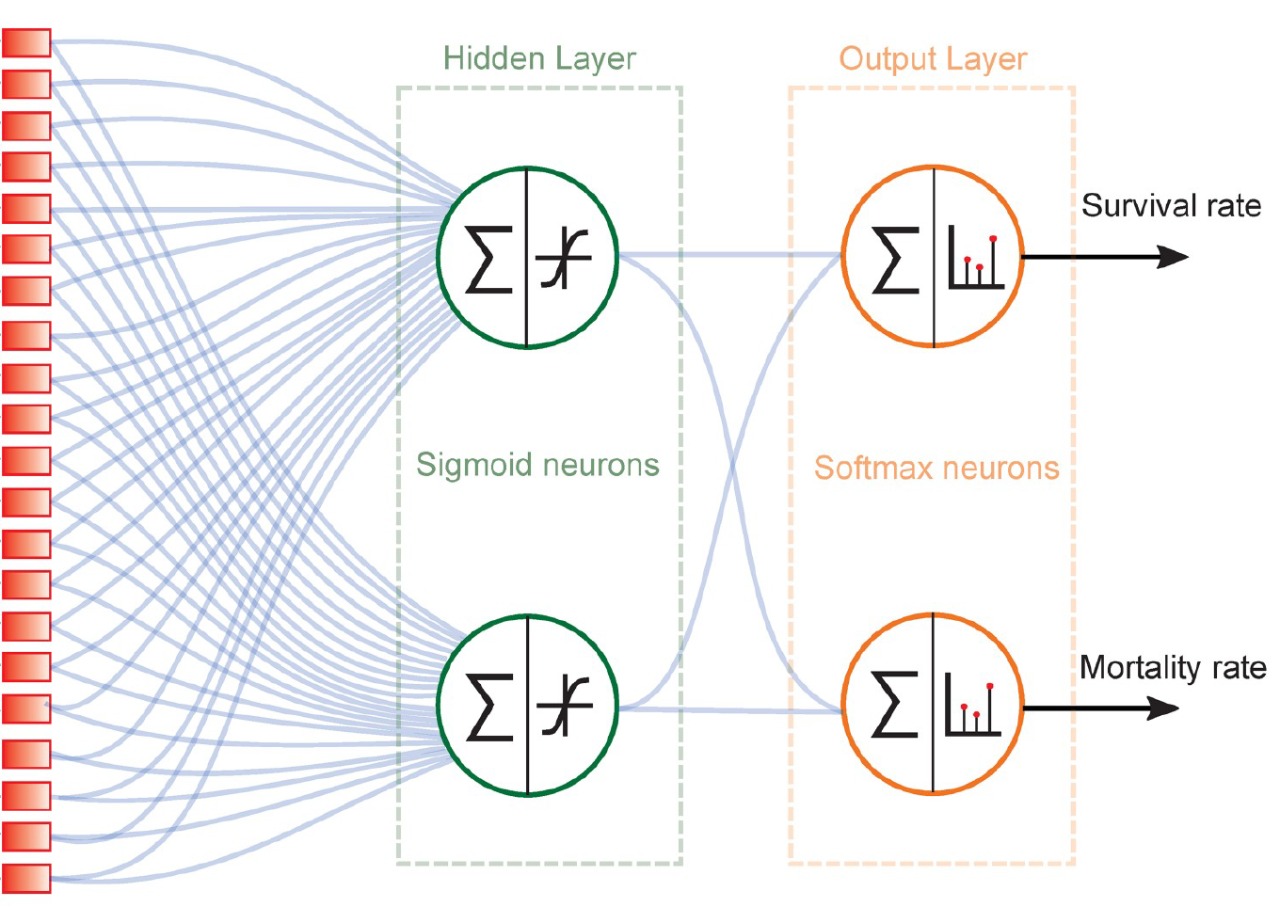 24/09/2021
24/09/2021
New paper from our group “Submegahertz spectral width photon-pair source based on fused silica microspheres”
has been accepted in Photonics Research.
Abstract: High-efficiency submegahertz bandwidth photon pair generators will enable the field
of quantum technology to transition from laboratory demonstrations to transformational applications
involving information transfer from photons to atoms. While spontaneous parametric processes are able
to achieve high-efficiency photon pair gen- eration, the spectral bandwidth tends to be relatively large,
as defined by phase-matching constraints. To solve this fundamental limitation, we use an ultrahigh
quality factor (Q) fused silica microsphere resonant cavity to form a photon pair generator.
We present the full theory for the spontaneous four-wave mixing (SFWM) process in these devices,
fully taking into account all relevant source characteristics in our experiments. The exceptionally
narrow (down to kilohertz-scale) linewidths of these devices in combination with the device size
results in a reduction in the bandwidth of the photon pair generation, allowing submegahertz
spectral bandwidth to be achieved. Specifically, using a pump source centered around 1550 nm, photon pairs with
the signal and idler modes at wavelengths close to 1540 and 1560 nm, respectively, are
demonstrated. We herald a single idler-mode photon by detecting the corresponding signal photon,
filtered via transmission through a wavelength division multiplex- ing channel of choice.
We demonstrate the extraction of the spectral profile of a single peak in the single-photon
frequency comb from a measurement of the signal–idler time of emission distribution. These improvements
in device design and experimental methods enabled the narrowest spectral width (Δν =366 kHz) to date in
a heralded single-photon source based on SFWM.
 24/09/2021
New paper form our group “Identification of high-risk COVID-19 patients using machine learning” has been published in PLOS ONE.
24/09/2021
New paper form our group “Identification of high-risk COVID-19 patients using machine learning” has been published in PLOS ONE.
Abstract: The current COVID-19 public health crisis, caused by SARS-CoV-2 (severe acute respira- tory syndrome coronavirus 2), has produced
a devastating toll both in terms of human life loss and economic disruption. In this paper we present a machine-learning algorithm capa- ble
of identifying whether a given patient (actually infected or suspected to be infected) is more likely to survive than to die,
or vice-versa. We train this algorithm with historical data, including medical history, demographic data,
as well as COVID-19-related information. This is extracted from a database of confirmed and suspected COVID-19
infections in Mexico, constituting the official COVID-19 data compiled and made publicly available by the Mexican Federal Government.
We demonstrate that the proposed method can detect high-risk patients with high accuracy, in each of four
identified clinical stages, thus improving hospital capacity planning and timely treatment. Furthermore, we
show that our method can be extended to provide optimal estimators for hypothesis-testing techniques commonly-used in
biological and medical statistics. We believe that our work could be of use in the context of the current pandemic in
assisting medical professionals with real-time assessments so as to determine health care priorities.
